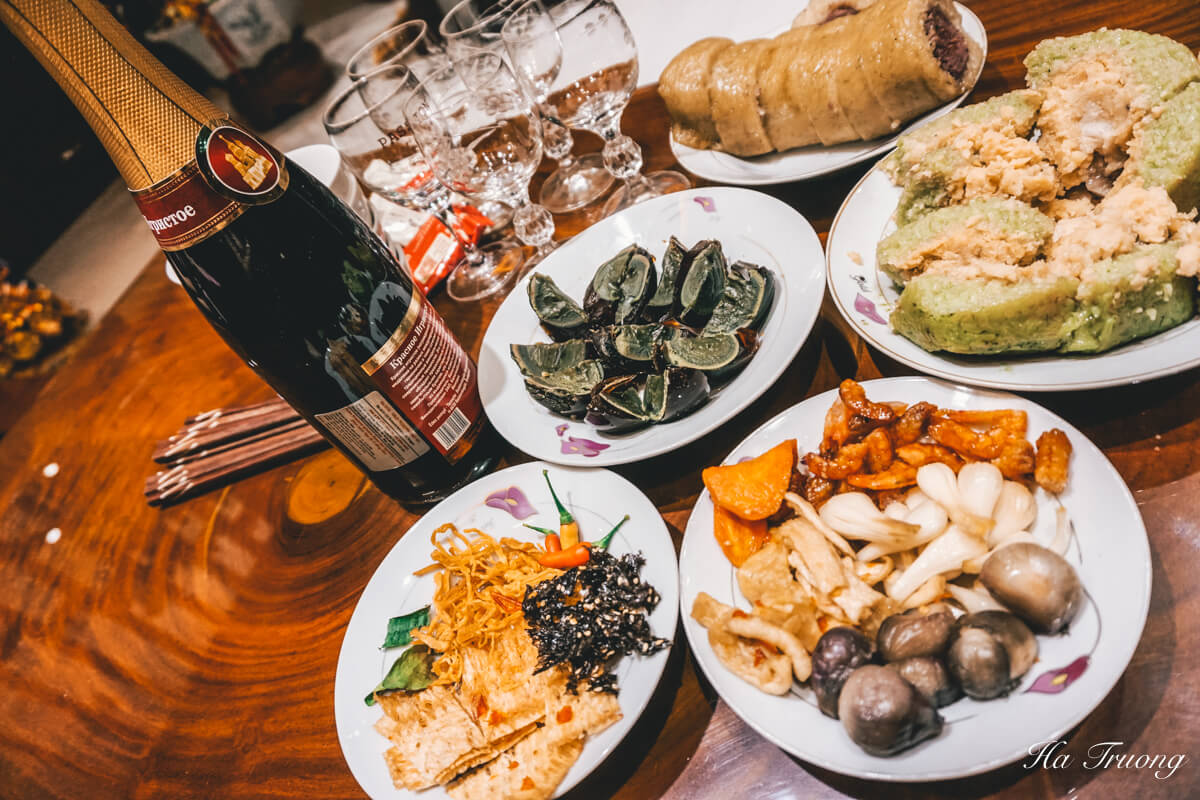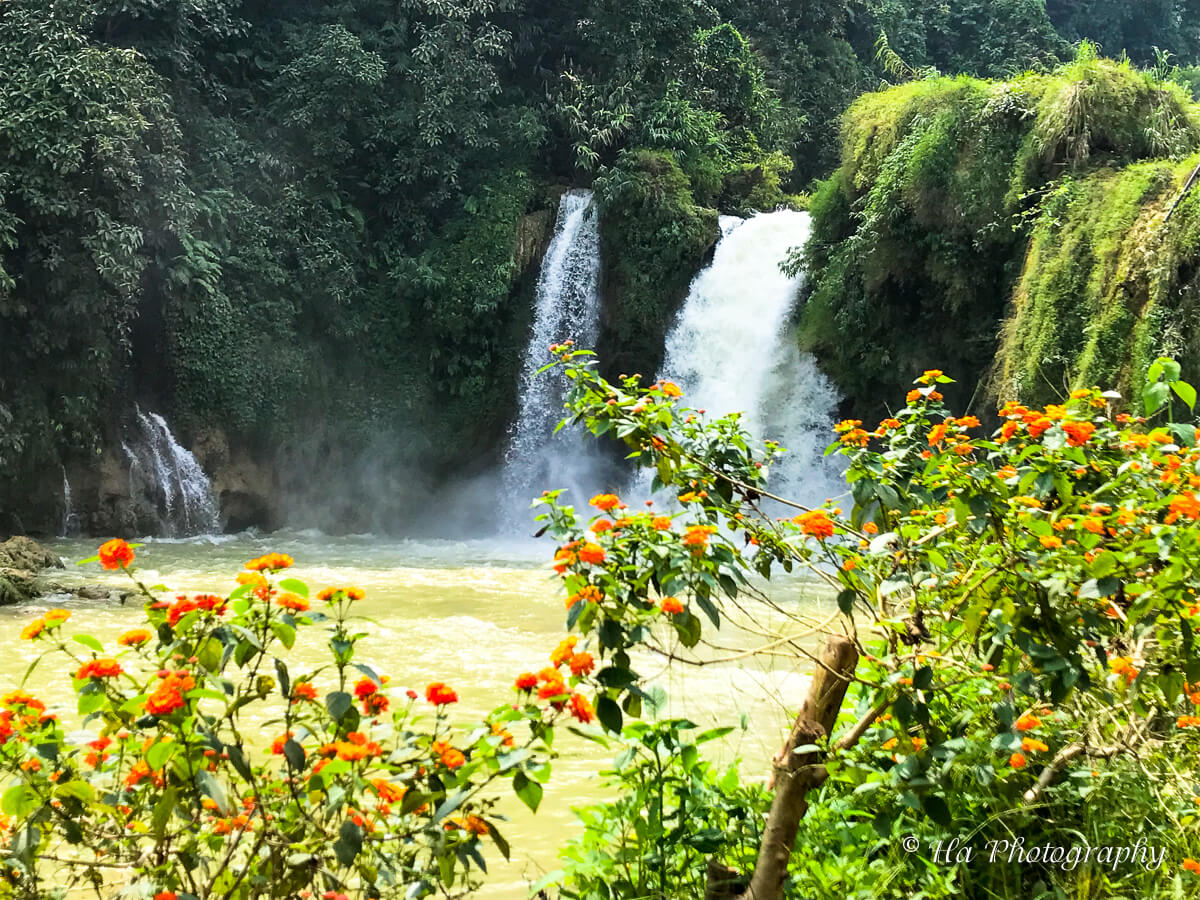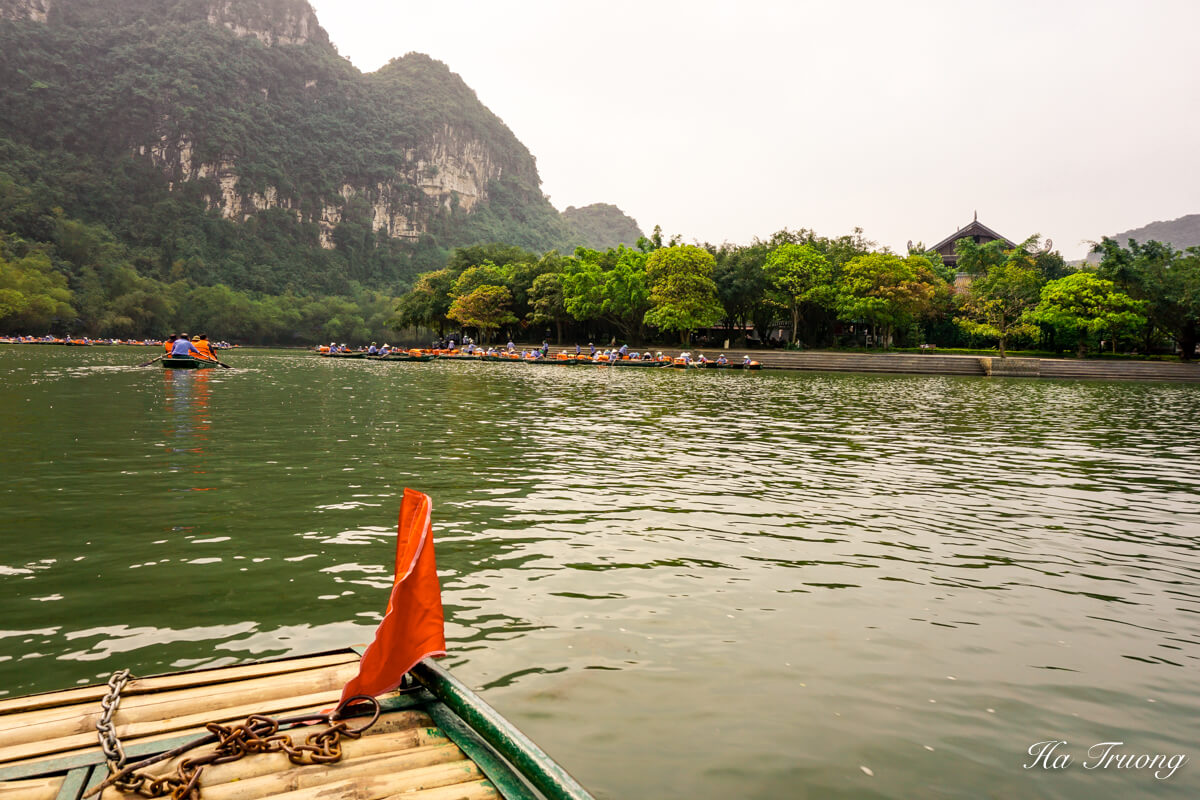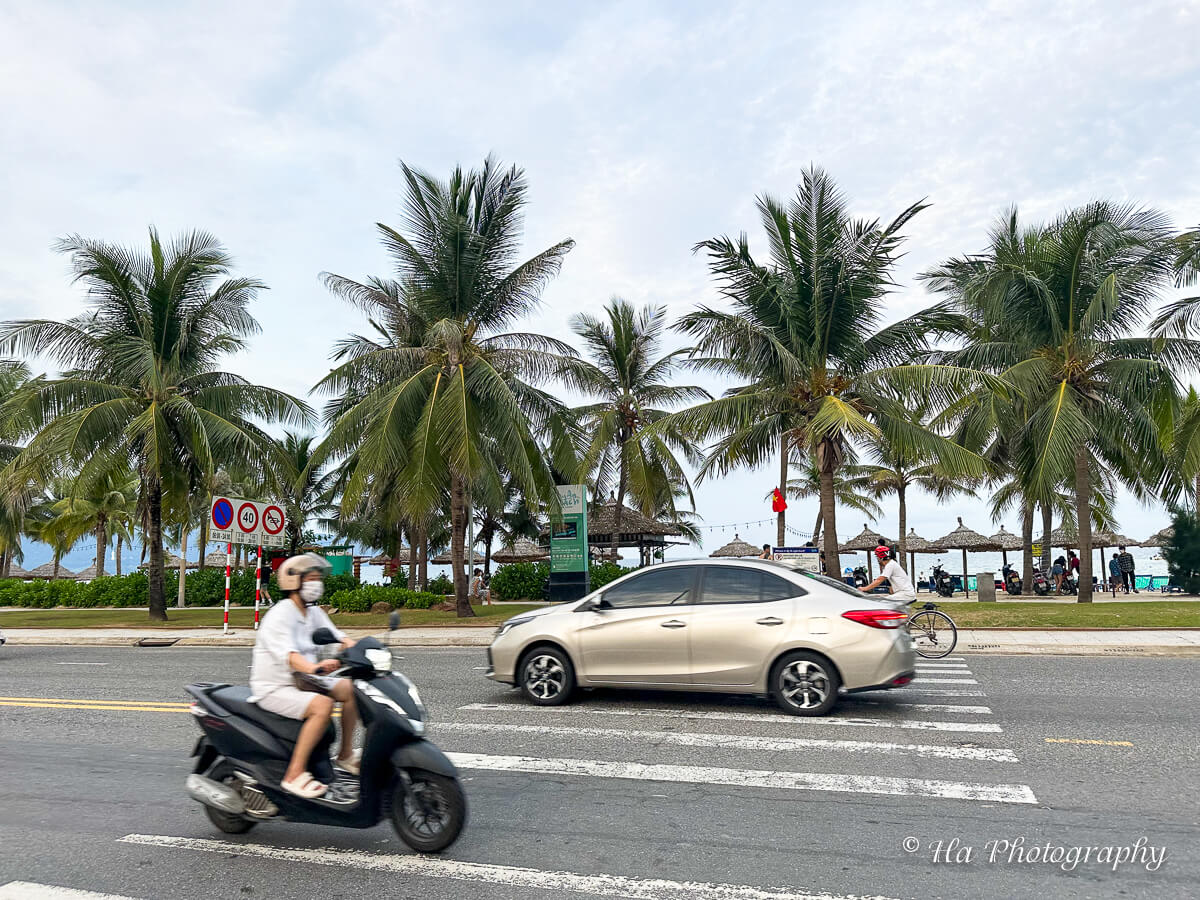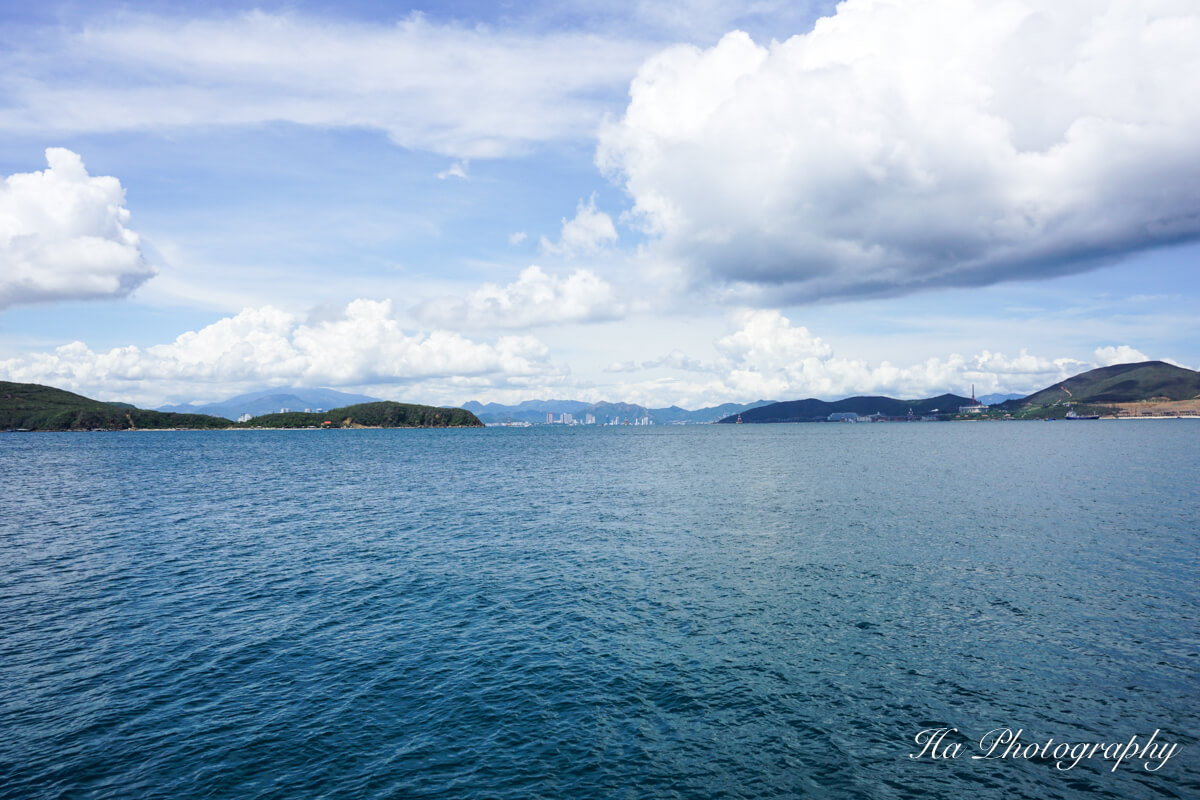Best Time To Visit Vietnam
Are you traveling to Vietnam soon? When is the best time to visit Vietnam?
If you want to stay at a beautiful and cozy beach resort, sip cocktails, and get a tan, you will want to set your timing differently than if you want an active holiday.
To better understand the ideal travel time for Vietnam, I divide the article into regions and places.
This article covers tips on the weather and temperature of some best places to travel in Vietnam, so you can plan your trip to Vietnam easier.
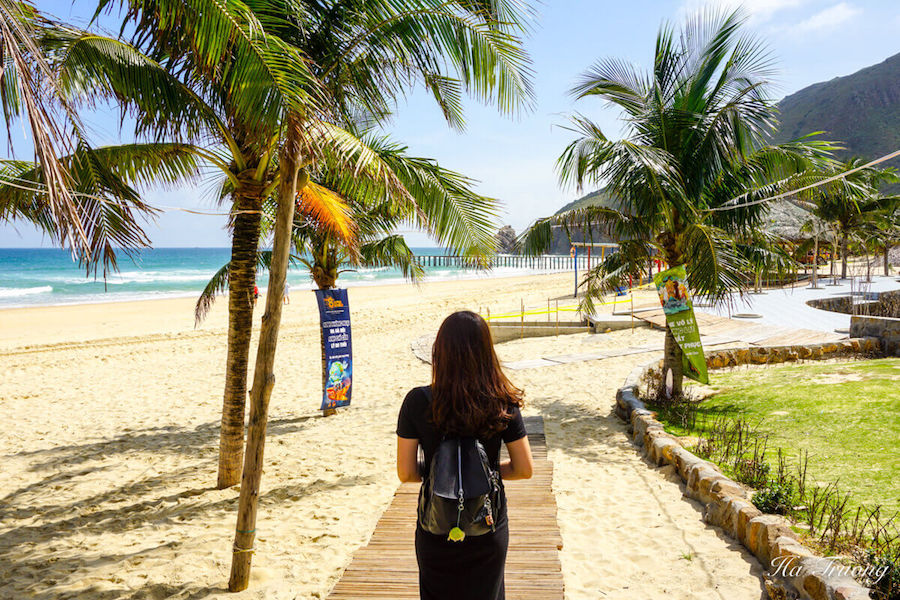
Stormy season in Vietnam
The stormy season in Vietnam starts in June and ends in late November and the first half of December.
On average, storms are less likely to affect Vietnam from January to May.
From June to August, storms are more likely to affect the North. From September to November, storms are more likely to affect the Central and Southern regions.
Vietnam weather overview
Vietnam stretches over a thousand miles, from Northern Sapa to the Southern Mekong Delta.
There are two relatively different climates: the Northern climate with 4 four seasons, and Southern Vietnam with a tropical environment and only two seasons: the dry and rainy seasons.
The climate division between the two climatic zones is the Hai Van Pass between Hue and Da Nang.
Northern Vietnam Climate
A humid tropical monsoon climate characterizes northern Vietnam.
The annual average temperature gradually increases from the North to the South.
Summer weather is from April to October, and it’s hot, humid, and rainy until the monsoon rises. Winter is from November to March, and the weather is cold, dry, and drizzle.
Also, the North has two interactions between the rainy and dry seasons, thus forming spring and autumn.
The annual average temperature is about 25 degrees Celsius, and the average rainfall is 1,700 to 2,400mm.
In the winter, the temperature is the lowest in December and January. This time in the northern mountainous region such as Sapa, Tam Dao, and Hoang Lien Son, the temperature can be below 0 degrees Celsius, and it can appear frosty and may have snowfall.

Central Vietnam Climate
The central climate is divided into two main areas: North Central and South Central Coast.
The outstanding feature of the Central weather is that the rainy and dry seasons do not happen at the same time in the year of the two climatic regions of North and South.
North Central region (including the entire North of Hai Van Pass):
- In summer, due to the wind from Lao, the temperature can reach over 40 degrees Celsius. Meanwhile, the air humidity is very low.
- In winter, the whole area is affected by cold weather and rain because the monsoon blows in the Northeast, bringing steam from the sea.

South Central Coast (including the South Central Coast area in the South of Hai Van Pass):
The northeast monsoon wind is often weakened as the Bach Ma range blocks it.
Therefore, during the summer, the southwest monsoon winds, which blow from the Gulf of Thailand and overflow the Truong Son mountain range cause hot and dry weather for the whole area.
Southern Vietnam Climate
The temperature does not change much in Southern Vietnam. It’s hot all year in the lowlands and cooler in the highlands.
The dry season is from December to April, with little rain and a clear sky. The hottest months of the year are from March to May.
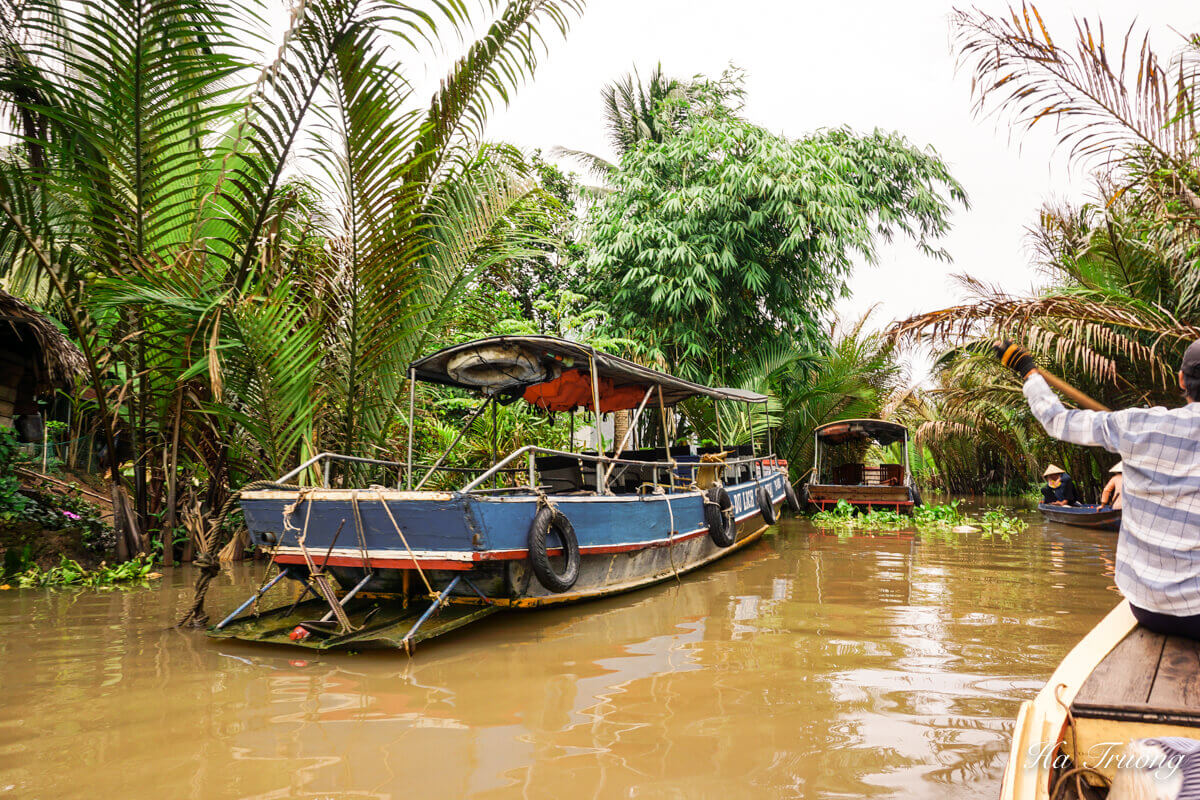
Public holidays in Vietnam
One important thing to note is that Vietnam’s public holidays are not the best time to travel.
Vietnamese usually spend holidays traveling or visiting their families, so the service may be closed (especially during Lunar New Year – Tet Holiday).
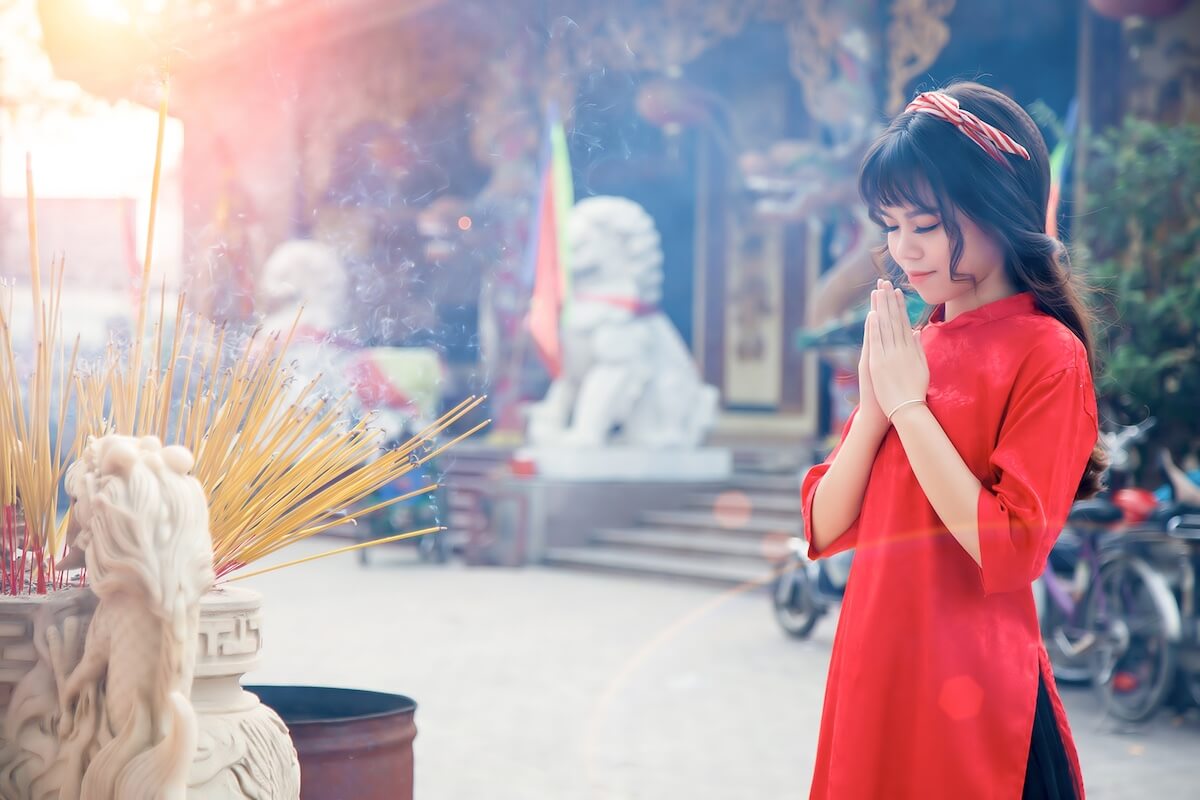
It can be challenging to arrange transportation, such as bus or train, during this time of the year, and domestic and international flight tickets to and from Vietnam can be expensive.
Also, the price for hotels or other services can be double, which can be troublesome for those who love traveling on a budget.
Moreover, most tourist places are super crowded, and the roads to these places can have traffic jams.
I think you should avoid traveling during public holidays in Vietnam or plan well in advance before going.
The best time to visit Vietnam (by location)
The best time to visit Vietnam is from November to April, thanks to the dry season. However, the answer is not that simple because the climate in Vietnam is greatly affected by geographical conditions.
The best time to visit Sapa
Located at an average altitude of 1500 – 1600 meters above sea level, Sapa is a great place to avoid the hot temperature of Vietnam.
Some of the famous landmarks in Sapa, such as Lao Chai Ta Van, Cat Cat village, and Fansipan, attract many tourists every year.
However, it is not always an appropriate time to travel to Sapa, and visitors are recommended to avoid visiting Sapa from June to August due to the rainy season.
March to May or September to November is the best time to visit Sapa, and you can enjoy the beautiful rice paddy fields during this time of the year.
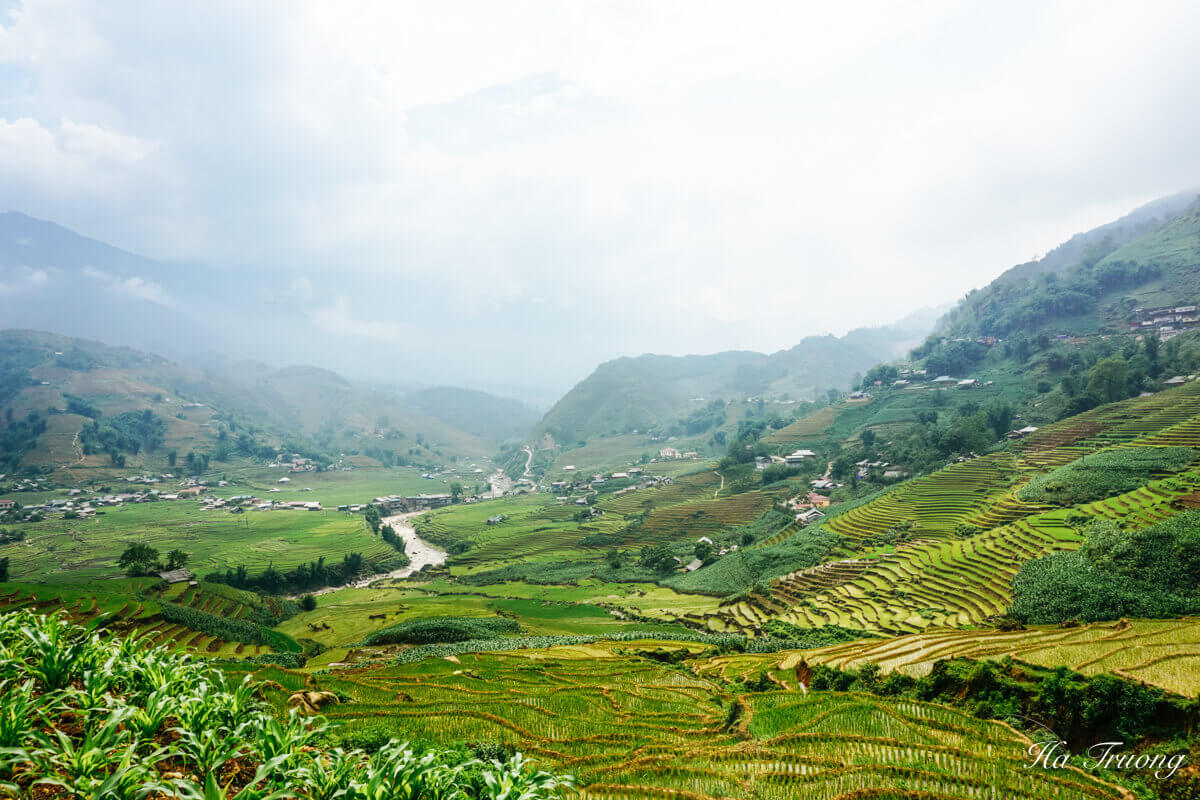
The best time to visit Hanoi
Hanoi is one of the most attractive tourist destinations in Vietnam.
Spring and autumn are the best time to visit the capital of Vietnam. March to early April and from the end of August to October is considered the best time to travel to Hanoi. The weather at this time is quite pleasant and refreshing.

The best time to visit Halong Bay
If you’re looking for the best time to travel to Halong Bay, March to May or September to October should be on your note.
At this time, the weather is lovely, and it’s not the peak season in Halong, so you can avoid the crowd and have an affordable trip to Halong Bay.
The best time to visit Ninh Binh
Located less than 100 km from Hanoi, Ninh Binh is a perfect choice for a day trip or more to enjoy a beautiful landscape and cultural history.
Although you can visit Ninh Binh any time of the year, the end of May is the best time to visit Ninh Binh to enjoy a beautiful rice paddy field while on the boat trip to Tam Coc.

The best time to visit Phong Nha
The dry season (from April to August) is a convenient time to participate in the cave exploration in Phong Nha – Ke Bang National park.
While the outside temperature is 36-37 °C, the temperature in the cave is always at 20-21°C, which is very comfortable.
From September to March, the water level increases, and you may not be able to visit the water caves such as Phong Nha cave.
In my opinion, March to May is the best time to visit Phong Nha – Ke Bang National Park.
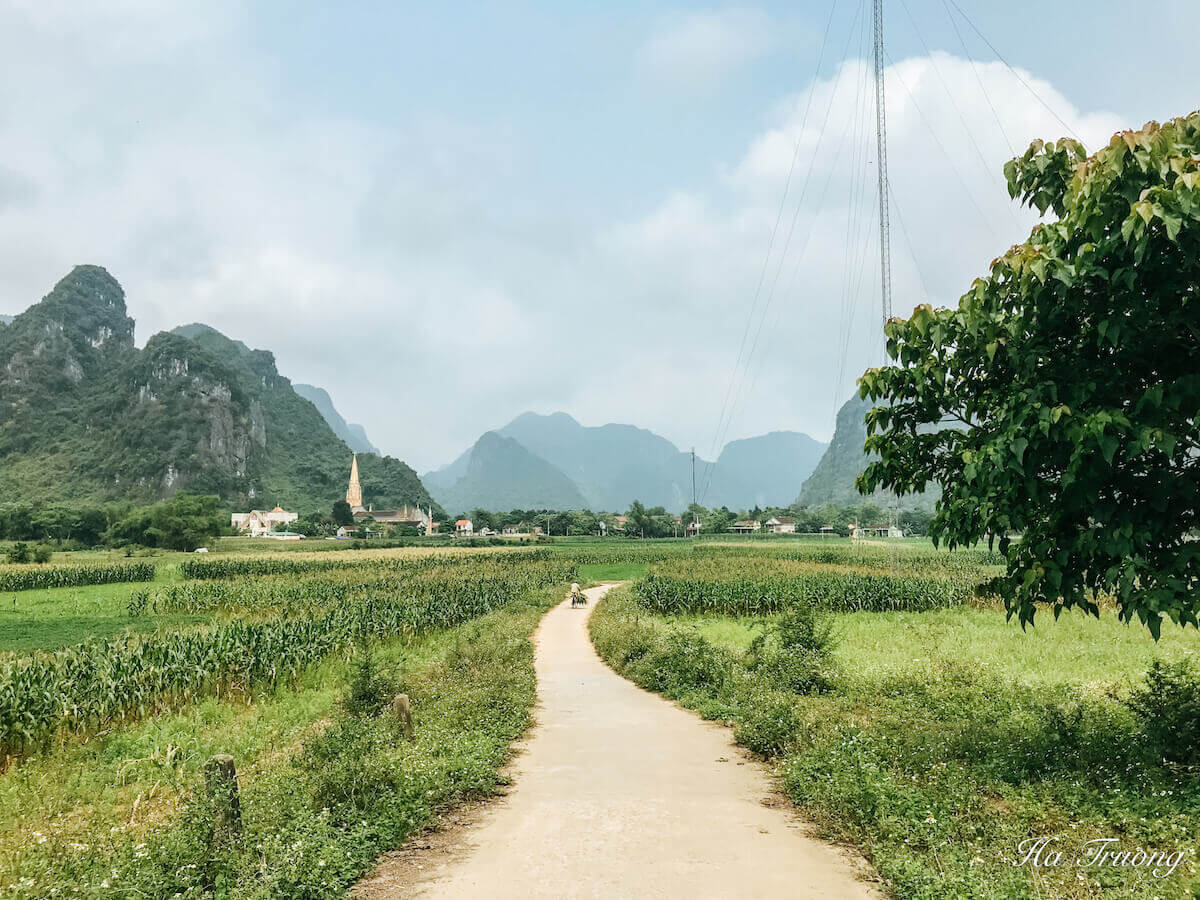
The best time to visit Hue
The former capital of Vietnam, Hue, is an excellent stop for those who love discovering history and culture. Hue is in the southern and north transition zone, so its weather reflects both regions.
The rainy season in Hue starts in May and lasts until November, and it’s also the peak time for storms and floods, so it is necessary to check the weather forecast before making the trip.
In general, March and April are great times to travel to Hue.
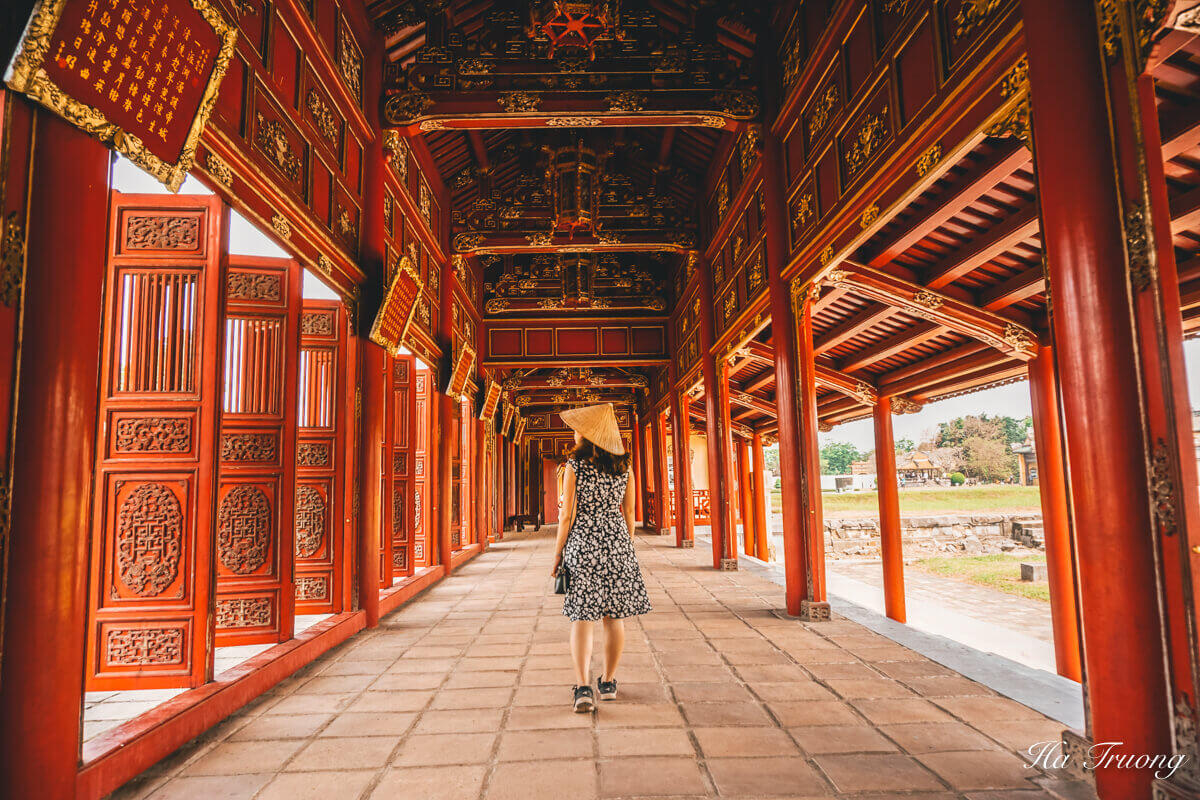
The best time to visit Da Nang
Da Nang is one of the ideal vacation destinations for travelers, with many beautiful landscapes such as Ngu Hanh Son, Ba Na Hills, Son Tra Peninsula, Hai Van Pass, poetic Han River, and My Khe beach.
The best time and the most favorable weather in Da Nang and most other coastal tourism provinces in Vietnam is during summer. In particular, April and May is the best time to visit Da Nang.
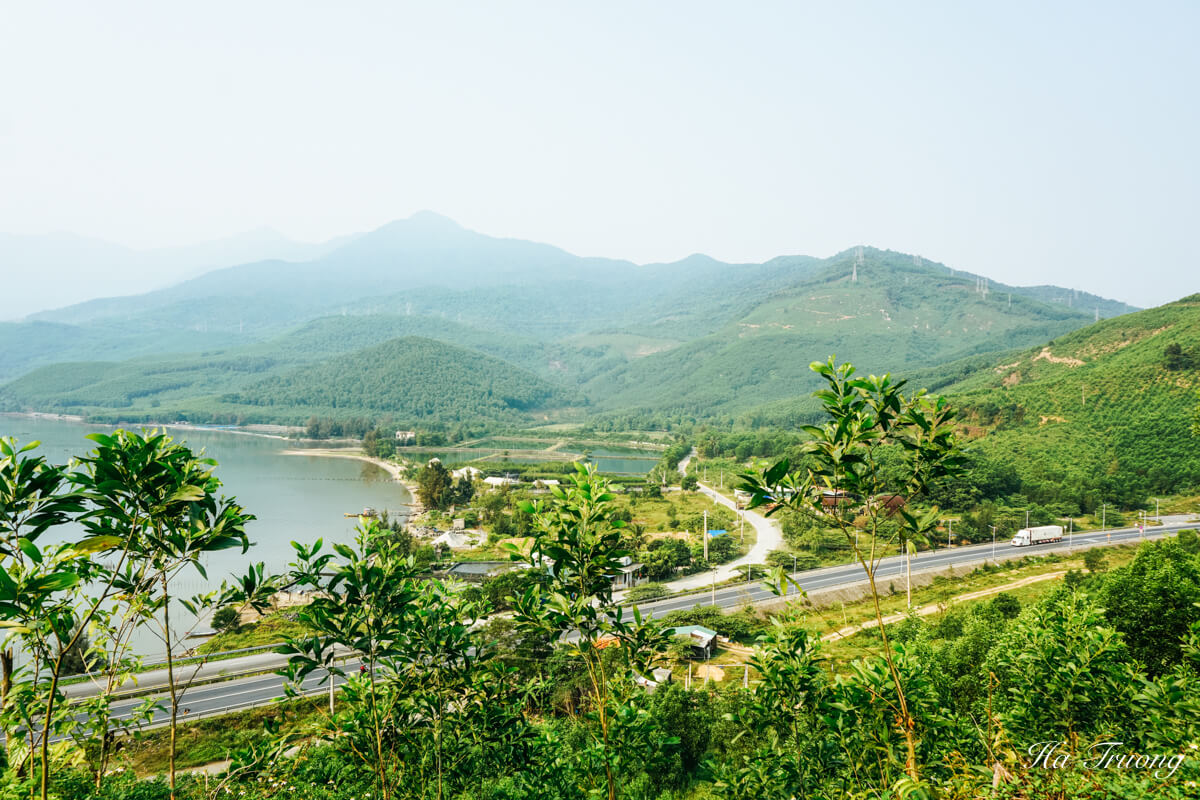
The best time to visit Hoi An
When is the ideal time to enjoy the most of Hoi An old town?
The climate in Hoi An is divided into two distinct seasons: the dry and rainy seasons. The rainy season starts from August to the end of December, and the dry season is from January to July each year.
February to April is the most enjoyable time to visit Hoi An, as it’s not hot but not rainy, providing a great time to wander around the old town.
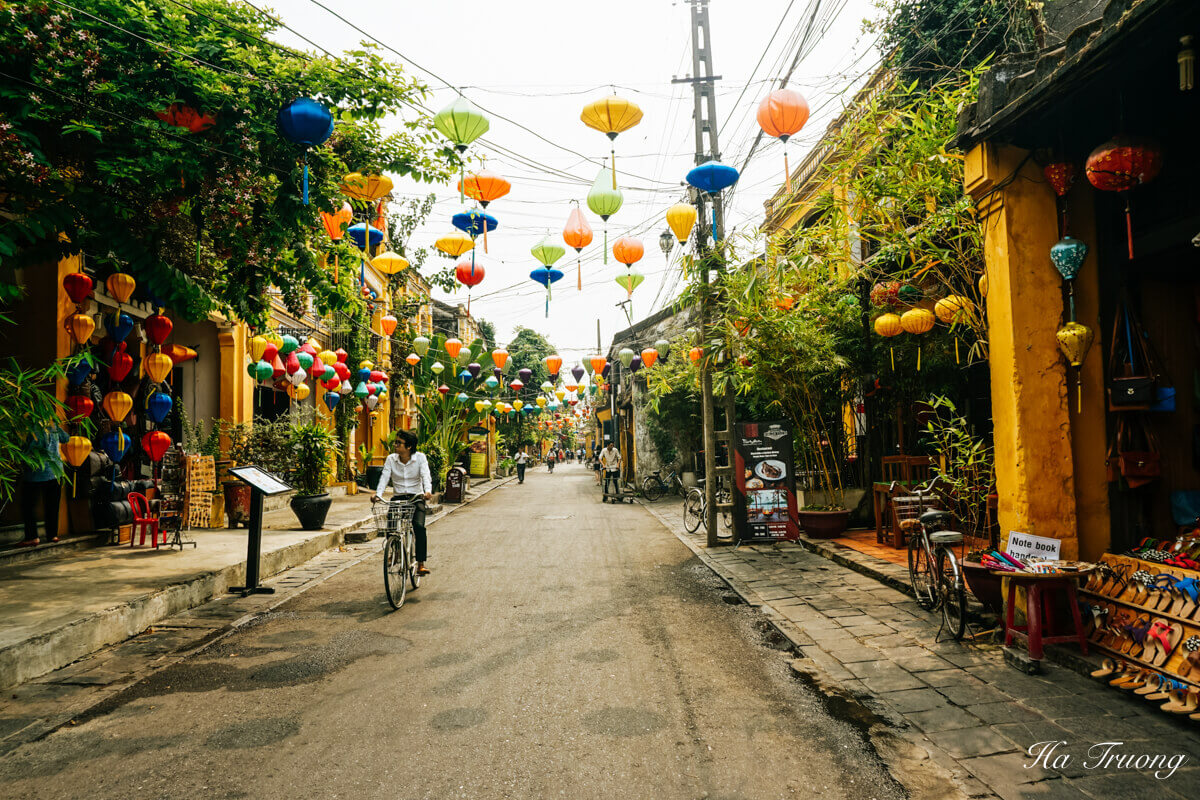
The best time to visit Nha Trang
Nha Trang is famous for its beautiful beaches, attractive sightseeing sites, and mild climate year-round.
The annual average temperature is 26-27 degrees Celsius, with storms from October to November.
July to September is the best time to visit Nha Trang. At this time, the weather was sunny and suitable for traveling, swimming, and participating in exciting outdoor activities.
The best time to visit Dalat
One of Vietnam’s most famous resort towns, Da Lat, has a cold climate with lush pine forests and blooming flowers.
The scenery of Da Lat every season has a different point of interest, so no matter where you go, you will be able to experience the charm of Dalat.
While spring is a lovely time to enjoy blooming flowers, the beginning of November to December is an ideal time to visit Dalat.
Traveling to Dalat at the beginning of winter, you can experience feel the atmosphere and scenery changing daily.
The best time to visit Ho Chi Minh city (Saigon)
May to November is the rainy season in Ho Chi Minh city, and these rains also come quickly and go very soon. It can rain in the morning, but it’s sunny and changeable right away in the afternoon. Sometimes it rains all day long.
From December to April next year, Saigon is in the dry season. The outdoor temperature is very high, with the intense heat.
The dry season is the perfect time to visit Saigon. However, if you love the rain, you can still go in the other months.
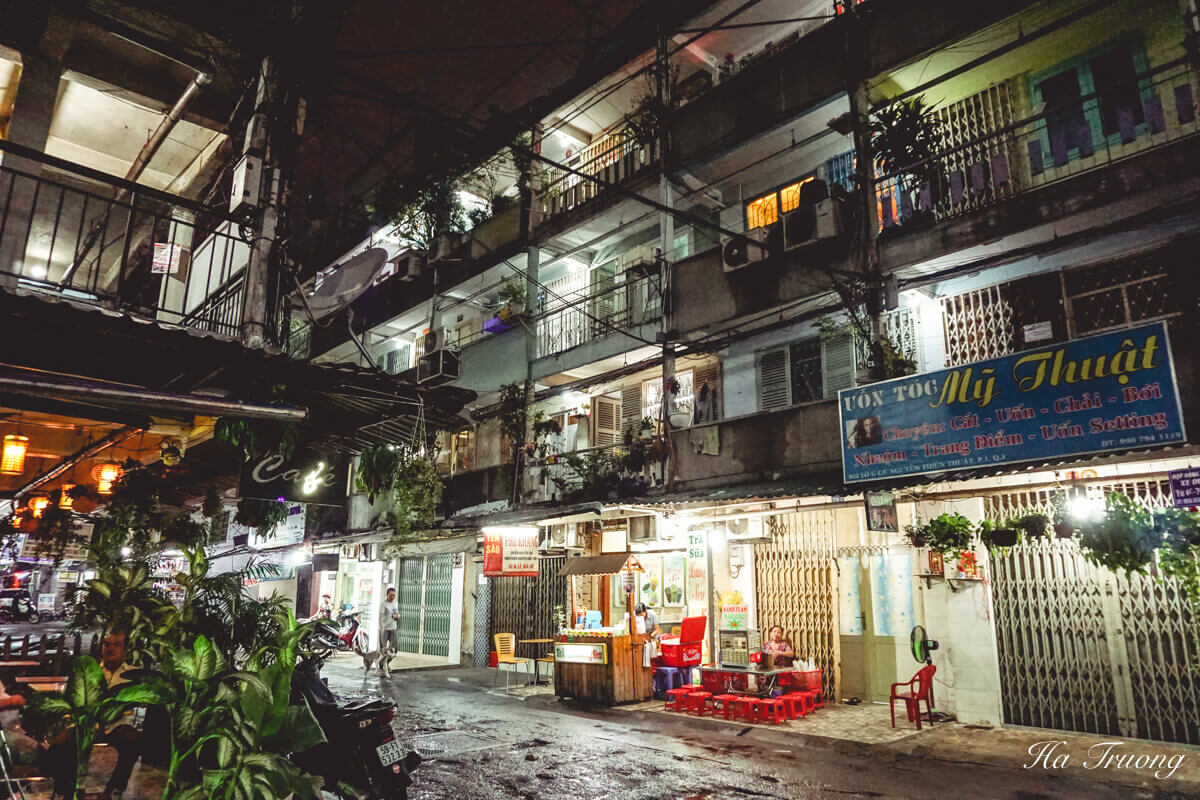
Final thoughts
Some say spring and autumn are the best to visit Vietnam, but each region has a different ideal travel time due to geography.
Therefore, you should choose the best time to visit, depending on where you plan to visit.
I hope you will have the best trip to Vietnam.
